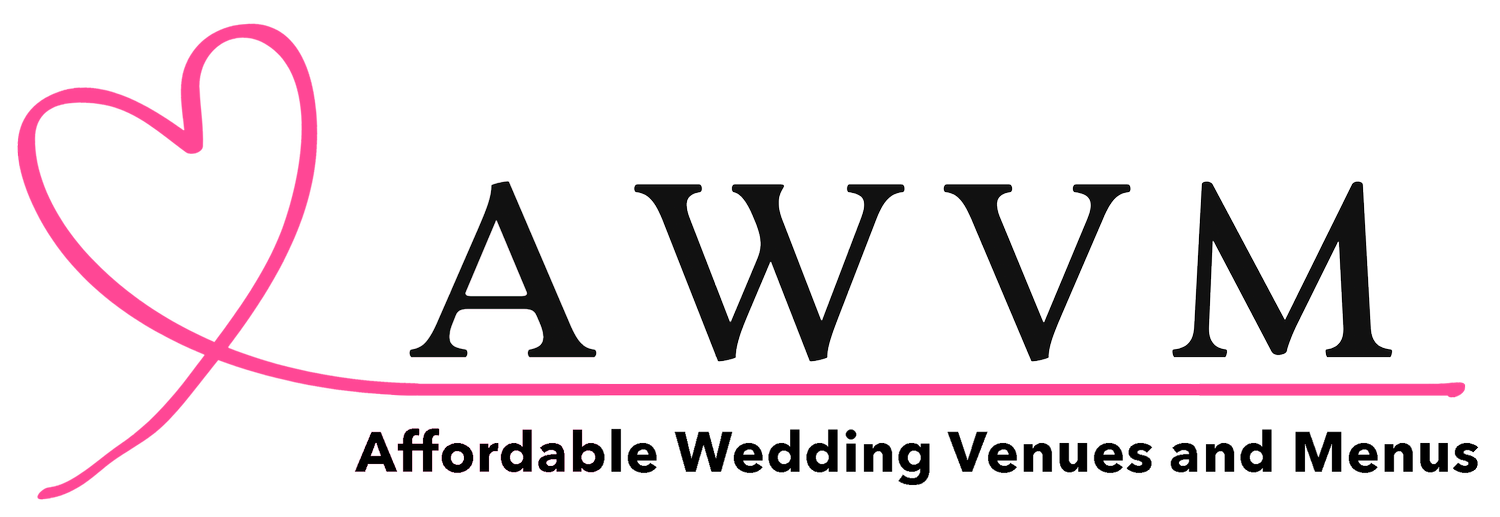Planning an Itinerary For an Ireland Honeymoon
The round tower at the ancient monastery of Glendalough in County Wicklow.
If you’re looking for a once in a lifetime trip, you’ll find everything you could imagine on an Ireland honeymoon. From bustling cities like Dublin and Belfast, to traditional fishing villages. There’s plenty of charming streets and shops to explore.
If you’re an active couple, you’ll find hiking, biking and horseback riding through some of the most amazing scenery in the world. For history buffs, Ireland has world class museums where you can find out more about Irish or Celtic heritage.
Don’t forget to take in some traditional Irish food, beer and whiskey. On an Ireland trip, you’ll find fabulous meals everywhere from local pubs to modern cuisine.
Please note: this article contains affiliate links. That means that I may earn a commission if you decide to buy something.
The Best Time to Visit Ireland
For the best weather and the longest days, June to September is the ideal time to visit Ireland. With warm summer days and long evenings, you’ll have lots of time to explore and enjoy all that the Emerald Isle has to offer.
If you’re on a budget, you can save some money by traveling during the shoulder season. By visiting in the spring or fall, you can get better prices on your flights and hotels. There’ll also be less crowds, but the days will be shorter and you might get some rain or cold weather.
Before You Go
Before you hop on the plane, remember to:
Buy a Travel Adaptor
Power in Ireland is 230 volts, but in the US it’s only 120 volts. If you want to charge your phone, camera and other electronics, you’ll need to bring a power adaptor. Luckily, they’re easy to use and you can find an inexpensive US to Ireland Power Adaptor on Amazon.
Get Travel Insurance
Remember to book some health insurance, plus trip interruption and lost luggage coverage. If you’re planning to rent a car, double check your credit card. Many people count on it for car insurance, but Ireland is not covered by most cards.
Exchange Some Money
If you arrive at an international airport, there will be loads of ATM machines. They’re quick and easy to use. But if you’re worried about getting cash, you can go to your bank ahead of time and pick up some Euros.
Public Transportation in Ireland
Public transportation in Ireland is clean, fast and safe. The system covers all the major areas. After you’ve arrived at a bus or train station, it’s easy to get a taxi to your hotel.
When I was in Ireland, I stayed mostly in Dublin, so a car wasn’t necessary. City buses got me to all the sights in town. For day trips, I took the train or joined group tours. If you’d rather not rent a car, you can plan a great itinerary using a combination of buses, trains, taxis and group tours.
Should You Rent a Car?
If you’d like to explore on your own, renting a car is a great option. It’s really the best way to get out, into the countryside. If you love road trips, driving in Ireland will be an epic one.
To rent a car, you need to be over 21. Drivers between 21 and 24 will have to pay an extra surcharge. You don’t need an international driver’s license. Your US or Canadian license will be accepted.
Most rentals have manual transmissions. If you don’t know how to drive standard, you can rent an automatic for an extra fee. The other thing to keep in mind is that you’ll need drive on the other side of the road.
Getting used to driving on the opposite side of the road is actually pretty easy. After you’ve been behind the wheel a few times it’s fine. Any time I’ve had to do it, I got used to driving pretty quickly.
The only problem I had, was that every time I got into the car - I would accidentally jump into the passenger seat instead of the driver’s seat. It was hard to remember which side had the steering wheel!
Lots of people do a combination of transportation types around Ireland. While it’s great in the countryside, having a car in Dublin can be expensive, confusing and difficult to park. It’s easier to use public transportation for a few days in Dublin. Then pick up a rental car to head out into the countryside.
Hiking on the Cliffs of Moher, near Galway, Ireland.
Itinerary For an Ireland Honeymoon
Ireland is actually quite small. If you were to drive nonstop, you could get around the entire country in just 13 hours. But that’s no way to do it! Ireland has so many amazing things to see that it’s easy to spend two weeks exploring all the island has to offer.
Three Days in Dublin
Day 1:
Start the first day of your honeymoon by exploring some of the best sights in Dublin, including St. Patrick’s Cathedral, Dublin Castle and Trinity College. In the afternoon, take a romantic stroll in St. Stephen’s Green. Enjoy the atmosphere at a traditional Irish pub and end your day with dinner and drinks.
St. Patrick’s Cathedral
Dublin Castle
Trinity College
St. Stephen’s Green
Temple Bar
O'Connell Street
Grafton Street
Day 2:
Spend your second day visiting more of Dublin’s attractions. For a taste of Irish spirits, don’t miss the Guinness Storehouse and the Jameson Distillery. There are enough museums in Dublin that you could spend an entire week and never get to see them all! Choose one of your favorites to round off your day.
Guinness Storehouse
Jameson Distillery
Museums in Dublin
National Museum of Ireland
National Gallery of Ireland
The Irish Emigration Museum
Kilmainham Gaol Museum
Dublinia
Day 3:
Take a day tour from Dublin to see the Brú na Bóinne Visitor Centre. This includes three passage tombs, Knowth, Newgrange and Dowth that were built in 3200BC. The monuments are built around the winter solstice and give a fascinating view of ancient Celtic history.
For conservation of the site, people are guided through in timed groups. You can visit on your own, but the scheduled tickets means that it’s easier to book with a tour company.
This tour from Viator includes a scenic drive through the Boyne Valley and a visit to Newgrange. Plus stops at Trim Castle and the Hill of Tara: Castles and Celtic History Tour from Dublin.
One Day in County Wicklow
Day 4:
Pick up your rental car and start your road trip by heading to Wicklow County. Visit Powerscourt House and garden. Or head into Wicklow Mountains National Park for some amazing, windswept scenery. Don’t miss Glendalough, an ancient monastery where you can see a round tower and a graveyard full of Celtic cross monuments.
Two Days in Cork
Day 5:
Drive from Wicklow to Cork. Cork is known as Ireland’s food capital. The English Market is one of the oldest covered markets in Europe. Today, you can find local traders selling the best traditional foods.
You can visit on your own and explore the food stalls. Or you can join a guided foodie tour that includes treats, sweets and a pub lunch: Cork Culinary Tour from Viator.
More spots to visit in Cork:
Cork City Gaol
Fitzgerald Park
Nono Nagle Place
St Patrick Street
St Finn Barr’s Cathedral
Day 6:
Today you can drive to the Blarney Castle and kiss the famous stone. If you do, you’ll be blessed with the gift of gab. Post Covid, they’ve added a lot of sanitary measures, so you can pucker up safely.
If you decide not to kiss the stone, there’s still lots to do on the grounds. There’s a castle and gardens to explore. In the afternoon, visit the nearby Kinsale for charming village shops and streets. Enjoy dinner at one of Kinsale’s traditional Irish pubs.
Hike to the Torc waterfall, near Killarney.
Day 7:
Drive from Cork to Killarney. Killarney is the first stop on the scenic drive, the Ring of Kerry. Visit the Killarney National Park or take a romantic boat tour of the Lakes of Killarney. Enjoy lunch at a traditional pub, then spend the afternoon on a scenic drive to the Gap of Dunloe.
More things to see and do in Killarney:
Muckross House and Traditional Farm
Muckross Abbey
Killarney House and Gardens
Killarney Falconry
Kissane Sheep Farm
Torc Waterfall
Ross Castle
Day 8:
Spend today driving the Ring of Kerry. The drive itself only takes 2.5 hours, but once you add in all the stops along the way, it’s easy to spend the entire day touring. Once you’ve driven the route, return to Killarney for overnight.
The best spots to visit on the Ring of Kerry:
Ladies View
Moll’s Gap
The town of Kenmare
Caherdaniel and Derrynane Beach
Kells Bay Gardens
Cahergal Stone Fort
Kerry Cliffs
Valentia Island
Skellig Rocks
Day 9:
Drive from Killarney to the Dingle Peninsula. From the friendly town of Dingle, you can explore the Wild Atlantic Way around the peninsula. You’ll find incredible ocean scenery with salty waves and dramatic cliff walks.
Two Days in Galway
Day 10:
Drive to Galway, the town known for it’s traditional culture, language and Irish music. Join a culinary walking tour in time for lunch. This tour from Viator includes meeting with local food producers to try out local dishes. You’ll also enjoy handmade chocolate, cheese and a traditional beer tasting on the Galway Food Tours.
In the afternoon, make time to visit the Galway Cathedral, the Galway City Museum and the Spanish Arch.
Day 11:
Visit the nearby Cliffs of Moher to take in the spectacular views. You can also take a romantic boat tour of the Aran Islands. Next, explore the picturesque streets of the towns of Clifden and Roundstone.
Two Days in Belfast, Ireland
Day 12:
Drive North to Belfast and enjoy the day exploring the city. Visit the Ulster Museum, Belfast City Hall and the Titanic Museum. Admire the city views while strolling along the River Lagan.Visit the Belfast Botanic Gardens or the Ulster Folk and Transport Museum
Day 13:
Today is the day for some of Ireland’s most spectacular scenery. Visit the Giant’s Causeway to see the amazing rock formations. The legend of Finn McCool tells us how it was formed. Another giant from Scotland threatened Finn, so he tore up chunks of rock, and threw them in the ocean to build a path to Scotland. When he got there, he realized the Scottish giant was a lot bigger.
Finn McCool hurried back to Ireland and disguised himself as a baby. When the Scottish giant showed up looking for him, he found the baby. The Scot figured if the baby was this big, the dad must be even bigger! He turned tail and ran back to Scotland. He was so scared that he tore up the rock path behind him. All that’s left is the rocks along the Irish coast.
Although this is one of my favorite Irish stories ever, science gives us another explanation. Volcanic activity sixty million years ago caused a lava flow. As it cooled, the lava formed these perfect hexagonal basalt columns. No matter which explanation is the best, one thing is true: the Giant’s Causeway is one of the best sights in Ireland.
Once you’ve visited the Causeway, there’s lots of other sights to take in as well:
The Giant’s Boot
Wishing Chair
Finn McCools Camel
Clifftop Experience Hike
Dunluce Castle
Carrick-a-Rede Rope Bridge
Visit the Dark Hedges From the Game of Thrones
Tour the Bushmill’s Distillery
Return To Dublin
Day 14:
Time to say goodbye to Ireland! The drive back to Dublin will take about 2 hours. Arrive in time to drop off the car rental and head to the airport.
Pin this article to save it for later:









